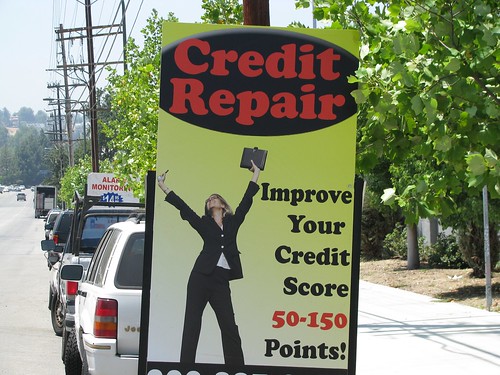Bankruptcy. There are few words in the English language that can send people into a panic faster. To most, it means the loss of a house or business (not to mention pride and self-worth) as well as the more common side effect of financial ruin.
It means starting at the bottom, scraping by, and reverting to a state of no credit (or worse). However, it also signifies a blank slate. It is a chance at a new beginning, one without the burden of debt, and believe it or not, you can come back from the brink of disaster and improve your credit after declaring bankruptcy.
So where do you start?
A good place to begin is by figuring out what went wrong.
- Were you simply overspending or living beyond your means?
- Was the problem a loss of income without a commensurate scaling back of expenditures?
- Did you just face a number of unexpected bills that undid your careful financial planning?
Whatever the case, you’ll either need to change your behavior or try to account for unknown factors in the future by setting up a budget and a savings. You can also plan for emergencies by purchasing the proper insurance and keeping it up to date.
Once you have set up a plan to marshal your spending habits, the next step in rebuilding your credit is to get a credit card and use it. At this point it’s really the best (and possibly only) way to boost your credit score.
You can start with a secured credit card.
If you don’t know what this is, it’s a card that requires, as the name implies, security. You will have to put money down in order to use the card, and here’s how it works. You can often get a secured line of credit through your bank, which will issue a card in the amount of money that you provide for them to hold as collateral.
For example, you give them a check for $1,000, which they take out of your account and hold for a set amount of time. You are then issued a credit card with a $1,000 limit, which you use as a normal card, making purchases and paying them off. Since you are a credit risk, the lender knows that they can always collect if you don’t pay (as they already have your money).
At the end of the contract (generally one year), your security deposit will be returned to you with interest and you can either continue to use the card unsecured, or cancel the account. But before you go for security, see if you can qualify for an unsecured card.
You never know what you’re eligible for unless you check.
Finally, once you’re earning credit again, you’ll want to go back and clean up your credit report.
Unfortunately, you’re going to be stuck with the bankruptcy for awhile. But that doesn’t mean you can’t tie up other loose ends, such as open disputes.
If they should have been wiped out from your bankruptcy claim, you need to make sure they’re listed that way on your credit report so that new lenders don’t think you’re already defaulting on new debts or you current debts that were not cleared by your bankruptcy (which could seriously damage your ability to apply for future credit). Your diligence in this matter will ensure that you actually get any benefits that bankruptcy may offer, since you will certainly suffer the downfalls.
 About Author: Elise Pollack is a writer for Credit Report Guides where you can find information about credit scores and learn how to improve yours.
About Author: Elise Pollack is a writer for Credit Report Guides where you can find information about credit scores and learn how to improve yours.


